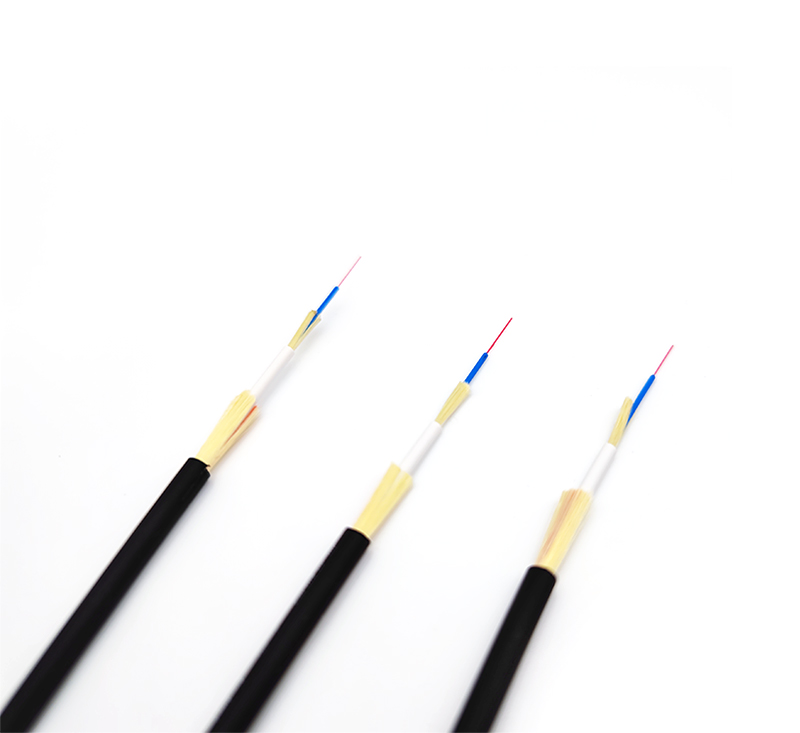The structure of the optical cable always develops with the development of the optical network and the requirements of the use environment. The new generation of all-optical network requires optical cables to provide wider bandwidth, accommodate more wavelengths, transmit higher rates, facilitate installation and maintenance, and have a longer service life. In recent years, the development of pp medicine cabinet optical cable structure can be summarized into the following characteristics.

1) The optical fiber cable structure has a clear choice of optical fiber types according to the network environment used, such as trunk network optical fiber, metropolitan area network optical fiber, access network optical fiber, local area network optical fiber, etc., which determines the transmission characteristics of optical fiber cables in a wide range. There are also subdivided standards and indicators that can be based on the specific application conditions;
2) In addition to considering the environmental conditions for the use of the optical cable, the thermocouple is more and more related to its construction method and maintenance method, which must be considered in a unified manner and designed as a complete set;
3) The emergence of new optical cable materials has promoted the improvement of optical cable structure, such as the use of dry water blocking materials, nanomaterials, flame retardant materials, etc., which have significantly improved the performance of optical cables.
Different occasions and different requirements have led to the development trend of multi-structure of optical cables. New optical cable structures and various structures that are continuously improved on existing structures are also emerging, and the following types have emerged.
"Dry core" type optical cable: The so-called "dry core" is different from the commonly used filled tubular optical cable core. The water blocking function of this cable is mainly completed by the combination of water blocking tape, water blocking yarn and coating. Its waterproof performance and water permeability are the same as those of traditional optical cables, but it has some advantages in production, transportation, construction and maintenance. . The first is convenience, because the water-blocking material does not contain viscous lipids, so it is more convenient and safe to operate and use; secondly, dry-type optical cables are light in weight, easy to connect, and easy to handle. Relative movement between the various elements in the cable core is also reduced in long-term use. Especially in the indoor cable and user cable of the access network, the benefits are more obvious.










